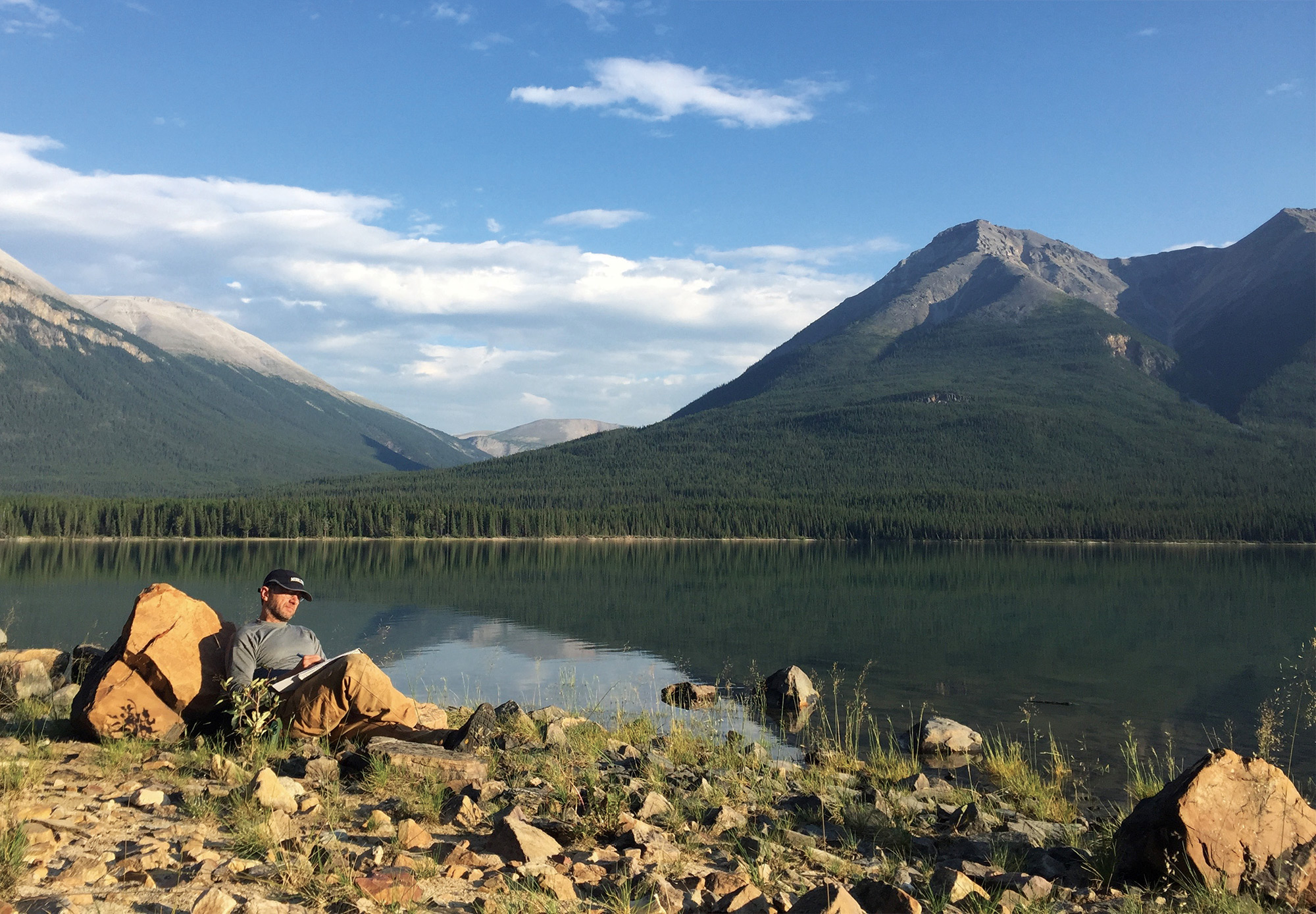
05 Oct Rick Bass, Activist and Storyteller
IN THE BACK OF A SMALLISH, BEAT-UP CAR, Rick Bass has a bike, a wrinkled white shirt to wear to his next reading, and a fine pair of leather shoes his daughters picked out for him in Peru. Next to the shoes is an orange and white bird dog, just a pup, and a month’s worth of recycling that the dog sometimes confuses for retrievable toys. There’s a gun in its case, a yoga mat, a warm fleece jacket, and a small pile of books. Bass could probably live in this car if he had to. These days, it seems like he might.
Because these days, Bass is everywhere.
In addition to being the writer-in-residence at Montana State University in Bozeman, the Texas native teaches creative writing across the country, gives readings and lectures when he can, and does battle at every turn to protect Montana’s Yaak Valley, his home since 1987. His days at home — mornings in his old writing cabin on the marsh, afternoons in the woods — are few but precious, and for the writer, wildly productive.
Bass has written 30 books in as many years — including novels and novellas, short story collections and nonfiction — and has another couple, at least, in the works. His latest book, the short story collection For A Little While, landed him on the cover of The New York Times Book Review alongside his mentor and friend, the late Jim Harrison, which is no small thing for a guy who started writing on his lunch breaks as a petroleum geologist after reading Harrison’s Legends of the Fall. Bass’ collection of 25 stories, old and new, was lauded widely by critics, with the Times calling its author a “literary titan” and the San Francisco Chronicle naming him “one of the very best writers we have.” Other reviews placed Bass on the short list of short fiction’s last-namers: Carver, Ford, Wolff, Welty, even Tolstoy. It’s an inclusion that makes Bass laugh out loud. Like a shotgun firing, his laugh cracks high and sharp, then settles. It’s a good laugh. You’d work to hear it again.
But Bass is plenty serious too, about dogs and football, about ways to build tension in a story and how hard you have to fight for what you love. He uses the same language no matter the subject. He begs for specificity — in a story or in a law. He revels in wildness and unknowing, in literature as in life.
If it is the wildness that drew him to the Yaak as a 29-year-old, it is Bass’ ever-growing gratitude and reverence for wildness that rendered him an activist and keeps him fighting for the land and animals that belong to it. Of his 30 books, 16 are nonfiction, and many focus, like a painter, on the gentle curves and gradations of the valley he loves best. But he’s not after beauty. Bass means to save the Yaak.
The pairing of activism and writing is always a work in progress for Bass, to borrow the title of this section of Big Sky Journal. He may have started out protecting the Yaak for the same reason he wrote about it — love. But over the years and the seasons, the days in and out, that love transformed him into a warrior. He went from painting a portrait of a place that people should value, even if they never intend to visit — and he’d rather you didn’t — to fighting for its designation as a wilderness area. He’s given up days, years that could have been spent writing stories.
As is true of any good story — or any good storyteller, or any good place, for that matter — Bass is full of contrasting parts, paradoxical pieces, anomalies. He is slow and deliberate, yet always full of passion. He is words and deeds. Beauty and ferocity. Writer. Activist.
“Fire is what we notice, but glaciers are what change the world,” he wrote in his 2009 award-winning memoir, Why I Came West. Bass is both things. He will never stop.
BSJ: You travel so much now as an activist, a writer, and a teacher. How do you pack up whatever it is that you have in that writing cabin on the marsh and take it with you?
RB: When I started out writing, everything had to be just so. I couldn’t write on the road. And now I can write anywhere, anytime. My body and mind know the way to that place. I’ve gone up and down that trail so many times, I could walk there in the dark. Also, there’s this sense of urgency. You have ideas, themes, projects — big projects and a lot of small ones — that you want to get done, and you get to a point in life when you’re not yet looking at the calendar but you know the calendar is looking at you.
BSJ: Your next book tells stories of traveling around with some of your students, cooking for your mentors as a way of saying thank you. What surprised you about your time with all those literary heroes?
RB: I used to think when I got to be an old writer, I would have everything done and I would not spend any more time writing. I used to think that in my last wedge of time I would sit in the sun. Then I did this cooking project and all of my mentors were not doing that. They were dying with their boots on, literally dying at the desk. In their last years of life, they were talking about what they were working on, and what they were going to work on next. I went into the project thinking, ‘I don’t ever want to be that person.’ And now I see myself kind of becoming that person.
BSJ: When are you most satisfied with the work?
RB: In the creation of it. Before it’s even typed. Definitely before it’s typed. Just that little run. You know, one paragraph, two paragraphs, when you’re in it. After that it’s all mirrors and smoke. It’s like looking at photographs of yourself having a good time. You know, ‘That was a good time,’ but it wasn’t the time itself.
BSJ: What is the truest book you ever wrote?
RB: That’s such a tough word. The hardest was my first novel, Where the Sea Used to Be. I felt, for me, an atypical amount of relief and pleasure and pride in finally getting it the way I wanted it, but I wouldn’t call it the truest. Maybe The Wild Marsh is the truest, but it’s just chock full of repetition and typos. I’d like to go back and work it a little further, but it’s probably the truest. Yeah.
BSJ: What was the best advice you ever got?
RB: What comes to mind is an old essay teacher I had. He told me to read Solo Faces by James Salter. For some reason, that was just the best thing. I’ve heard a lot of great advice. The flamboyant, charismatic editor and teacher Gordon Lish said, ‘Write what you’re most frightened of.’ He said, ‘Write the one story you would write if you had only one story left to write in your life.’ That was good advice. Carol Houck Smith, my first great fiction editor, hammered home ‘Less is more.’ It was her favorite thing to say. I still haven’t learned that. I know what she meant, but I’m still learning that one.
BSJ: When do you feel most hopeful?
RB: Is there a dictionary? I’ve heard of that word.
BSJ: Feeling or inspiring optimism about a future event; optimistic, confident, positive, buoyant, sanguine, expectant, bullish, cheerful, lighthearted.
RB: Hmm. That’s not what I thought of as hope. Did it say bullish? Or ebullient?
BSJ: It said bullish. And buoyant.
RB: Well, that’s funny. That was what I was actually thinking of. I am bound and determined not to say, ‘when I see the energy of young people,’ or the intelligence, or any of that crap. They’re going to have to travel the same paths that every other generation has, and everybody gets to the same place eventually. [It’s] that lift where ‘Wow, I know how I’m going to get into the end zone. I’ve been here before. I know the way. I see the route.’ And you feel a great confidence. For me, confidence and hope are the same.
BSJ: How do you get that in your work as an activist?
RB: It doesn’t come in much. The activism is more of an intellectual building of a campaign, building strategies and tactics and looking at the moving pieces and guessing what’s going to happen. It seems that the goal is always too far away to get near enough to use the word hope. Now, patience is another thing. In activism, patience is more important than hope. And desire: What do you want? Hope doesn’t enter into any of that. If you’ve got enough desire, it doesn’t matter whether you have hope or not. You’re going to go after it.
BSJ: Tell us about the essay you’ve written for this issue.
RB: This piece is classic bitch-and-moan nonfiction. There’s a trail, a human highway, being proposed through the heart of the upper Yaak. There’ll be 4,000 people per season going through country where maybe five to 10 people a year go now. It’s a problem on its own for the habitat that it would impact, and the wild quality of the valley that would be destroyed. But it’s also an upsetting policy directive in that folks who have not been on the ground are making the decision to draw a line on the map. It’s got the feel of terrible momentum to it that the Forest Service can be so guilty of — of having a predetermined course of action, an abstraction and then working to make it be specific, rather than starting with the specific. Just seeing that line from Kalispell to Bonners Ferry, it’s so unimaginative. It’s so selfish. It’s so territorial. So conquistador. It’s just the worst of our kind.
BSJ: What can people do?
RB: Folks can send letters of support for a re-route to the Yaak Valley Forest Council at yaakvalley.org. There is no single act that could be more injurious to the wildness of the Yaak than to put this recreational highway through the heart of it.
Untrammeled
by Rick Bass • Photography by Don Jones
Northwest Montana’s wet and foggy Yaak Valley, with its dense forests and low hills, is not much of a place to see anything. It’s certainly not a place to see grizzly bears. There are a few of them still remaining — up here on the Canadian border, in a land through which drug traffickers still filter, trying to avoid the drones and spy-cams set up on the bewildering phalanx of weed-sprung rutted logging roads and grown-over game trails — but they are mostly invisible.
The Yaak is really not much of a place to see anything other than mosquitoes, sleet, rain. Occasionally, in fleeting glimpses, one might see a ragged outlaw or desperado hiding out, or perhaps simply broken by the world and perpetually pissed-off by the sight and scent — the stench — of humanity.
In such a strange swampland, it would be a grand disservice to the bears and the renegades alike to establish a Great Smoky Mountain kind of human highway.
But that’s exactly what’s being proposed: a 2,500-mile, 4,000 persons-per-year camping and hiking parade — a forced march of civilization — with a red hot scar of a line through the heart of the upper Yaak’s core grizzly habitat. This 2,500-mile spur trail to the loved-to-death Pacific Crest Trail — made infamous by the book and movie Wild — is being championed by an aged Rhode Islander who, after chasing this self-serving, misguided vision for 30 years, convinced his then-representative, Norm Dicks, to tag the proposed Yaak trail onto a midnight farm bill. (The trail was proposed in the ‘70s, but Congress studied it, said it would be a bad environmental as well as fiscal decision. After Rep. Dicks’ add-on, however, a 28-member federal advisory committee — with only three Montanans, and only one from the Yaak — has been created to find and declare a route for Dicks’ folly.)
I have long maintained that the Yaak is a biological wilderness, not a recreational one. The human highway’s proponents of the current proposed route will say condescendingly, earnestly, that sending 4,000 permitted hikers per year up and down a single trail (which would also force the U.S. Forest Service to close more logging roads in the area, to maintain their already super-bare minimum open-road-density threshold standards) will help these grizzlies — the most imperiled in Montana — by drawing more attention to them. (Too many open roads in an area are bad for grizzlies and elk and water quality; the State of Montana and U.S. Fish & Wildlife Service proposes certain road closures to protect these values. With that volume of hikers, the trail would qualify as an open road, forcing even more road closures elsewhere.)
The process — administered by the Forest Service — is currently ongoing, but already it possesses crazy inconsistencies. One proposed rerouting is drafted so that the trail will avoid core grizzly habitat in Idaho, but not across the border in the wild Yaak. The Forest Service is already marketing the proposed trail, even though by law they should just be starting the public outreach — and listening — process.
An activist more jaded than me would smell a rat; might think, “OK, the fix is in.”
To send 4,000 people annually through the heart of a valley where for decades only 150 people have lived year-round, calibrating their movements to those of the animals, is the logic of taking a wrecking ball to the very thing one protected, nurtured, for decades.
The Yaak bears are precisely the kind of isolated population that can, over time, save the entire species, if we’re able to reconnect their corridors. The Yaak bears are those that, having avoided the 150 people who live here, could carry a unique genotype further into the world, with characteristics and qualities — shyness — that would serve all grizzlies in the future with the wild vigor of their genetic gold-standard: shyer, secretive.
In my and many other Montanans’ unsolicited and thus far ignored opinion, a 4,000 hiker-and-camper-permitted national trail through the Yaak would be the death warrant for a tenuous wildness upon which the Yaak’s grizzlies and other wild things depend.
One of the most frustrating things to me is the way the agency is falling over itself to accommodate that midnight passage — working toward a single ex-congressman’s dictum rather than focusing on the science; as if this item of pork is more sacrosanct than science.
I expect more from the agency entrusted with protecting wild places and the animals that live there, and I sure expect more of anyone who professes to be a conservationist. Yes, even pork add-ons and last-minute policies becomes law, but not holy law; it doesn’t supersede science and other pre-existing laws. Again, there’s a reason the federal study said “No.” It’s the wackiest thing I’ve ever seen up here.
It’s a bummer. I’m home while I write this, after a year spent teaching and traveling to promote a new book of short stories. I’d been envisioning a time when I could write fiction, sleep late, rest. Time with family. Training a new bird dog pup. Instead — as in the old days — I’m at the desk, making calls, sending emails, working on maps, writing letters, and asking for more letters to be written on behalf of the Yaak.
I’ve been here before. I was younger and had more time to burn. But we can’t be having this human highway through the heart of the upper Yaak. I’d trade any, all of my books, to keep the human trail system in the Yaak as it is — to keep it from becoming a national hiking highway through the heart of the most endangered grizzly habitat in Montana. Just ask the folks on the Pisgah National Forest in the Appalachian Mountains of Western North Carolina, site of a national mountain bike trail. In 2003, the first year of its designation, 80,000 riders used it, which people, even from around Asheville, thought was a lot. Last year, 800,000 users came, and this year they are expecting 1 million. This trail would be a killer.
A few places in the West — like the Yaak — are worth fighting for.
In good faith, I’ll be working with the region’s gatekeepers — a local grassroots nonprofit, the Yaak Valley Forest Council — to explore other routes, which will include mountain ridges, wild rivers, and the region’s old ghost town mining camps. Not grizzly bear denning country. Not core grizzly habitat.
I’m sure there’s just been a clerical oversight in Congress. I’m sure we’ll get this ironed out in a year or two, and some certain writers can go back to fiction. And the Yaak’s last 20 grizzlies can continue to wander these trails as they always have. They matter. Beauty matters. The Yaak still matters. We still have the ability to protect it, preserve it, even carry it forward, intact. Untrammeled.
Contact me. Help us.
Thank you.
- Part of the Kootenai National Forest in extreme Northwest Montana, the Yaak Valley is protected only by its remoteness and the passionate work of its champions.
- The Yaak Valley is a rare treasure chest of biodiversity, providing habitat for moose, whitetail deer, pileated woodpeckers, mountain lions, grizzly bears, and many other species.
- The Yaak Valley is a rare treasure chest of biodiversity, providing habitat for moose, whitetail deer, pileated woodpeckers, mountain lions, grizzly bears, and many other species.
- The Yaak Valley is a rare treasure chest of biodiversity, providing habitat for moose, whitetail deer, pileated woodpeckers, mountain lions, grizzly bears, and many other species.
- The Yaak Valley is a rare treasure chest of biodiversity, providing habitat for moose, whitetail deer, pileated woodpeckers, mountain lions, grizzly bears, and many other species.
- The Yaak Valley is a rare treasure chest of biodiversity, providing habitat for moose, whitetail deer, pileated woodpeckers, mountain lions, grizzly bears, and many other species.




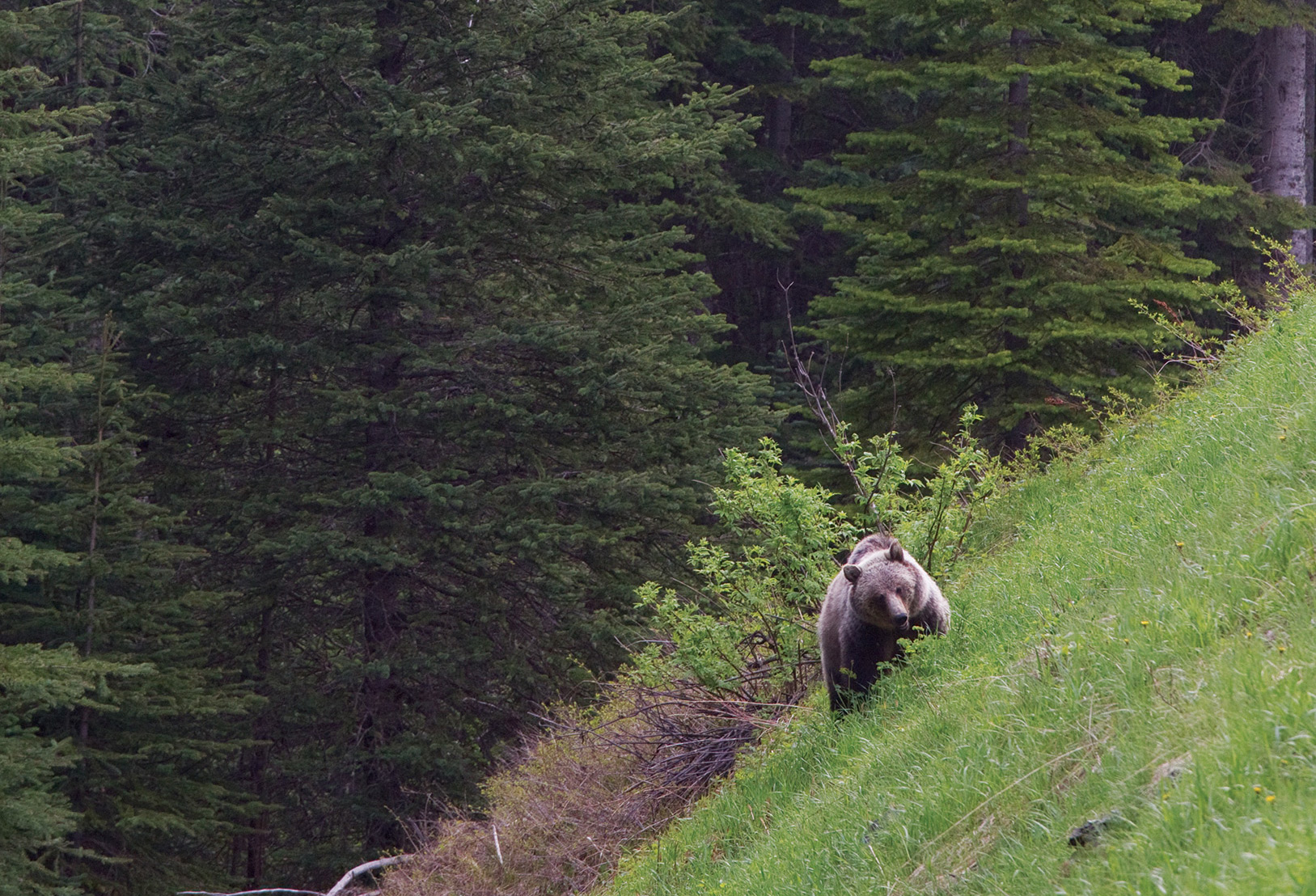
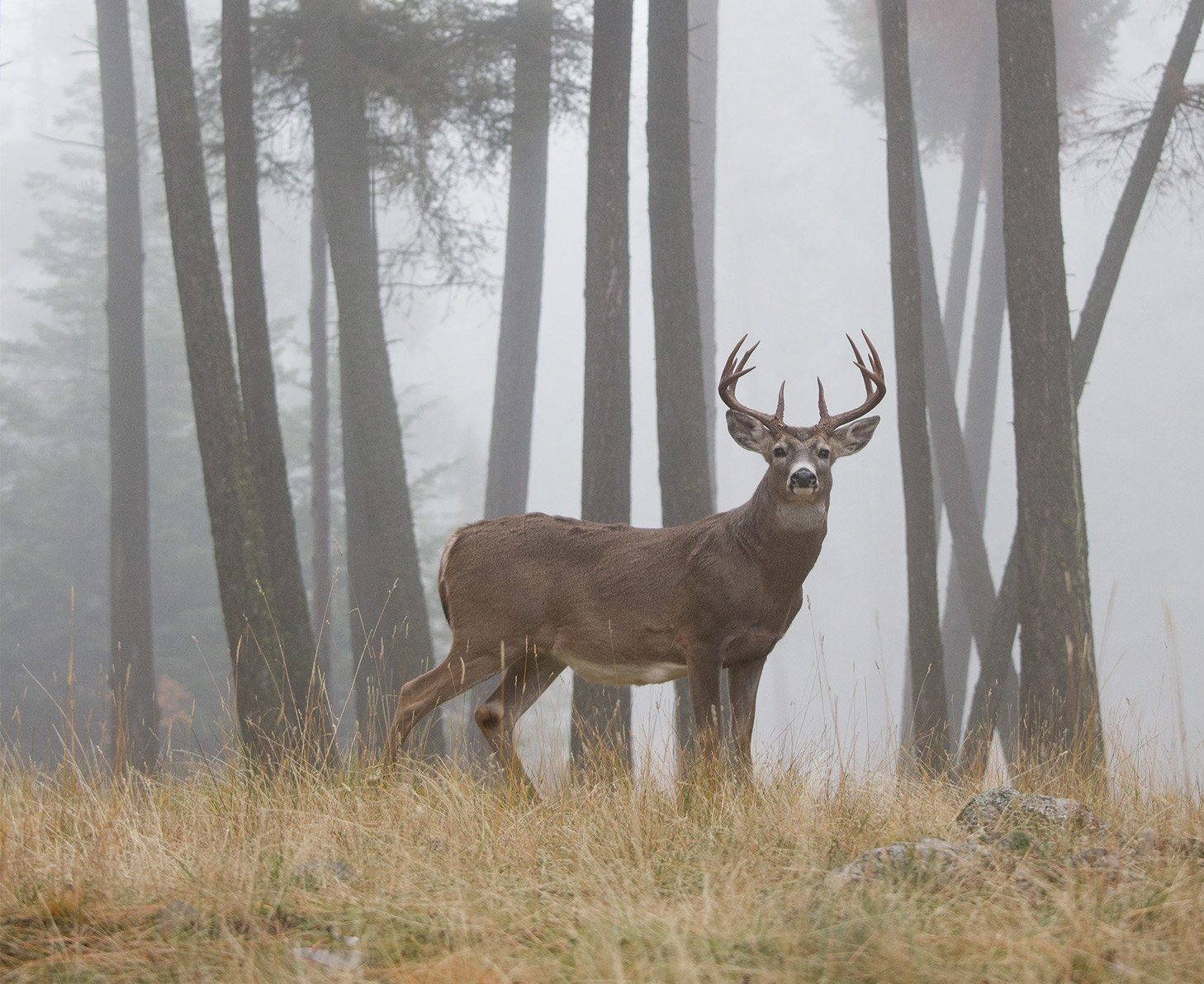
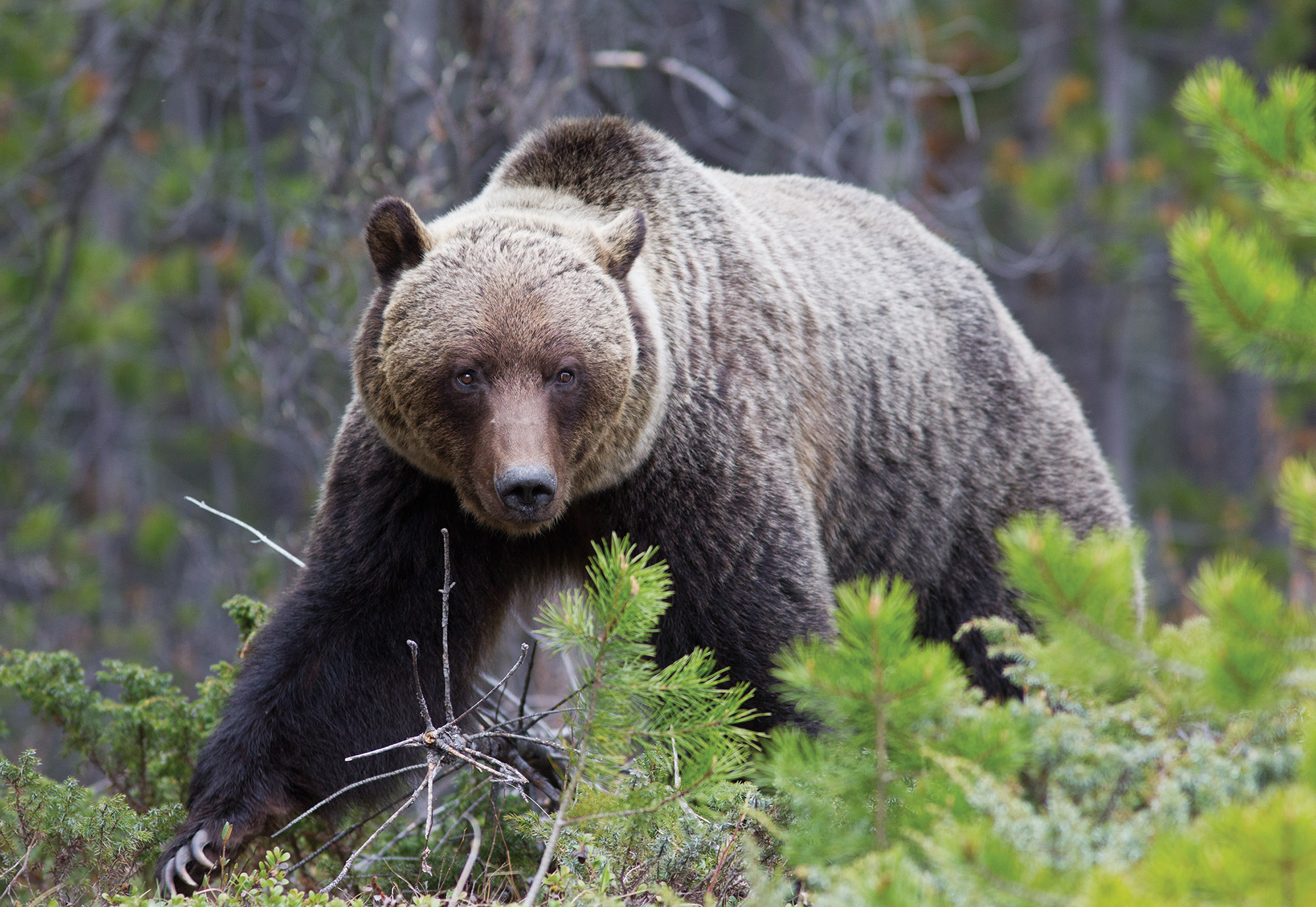
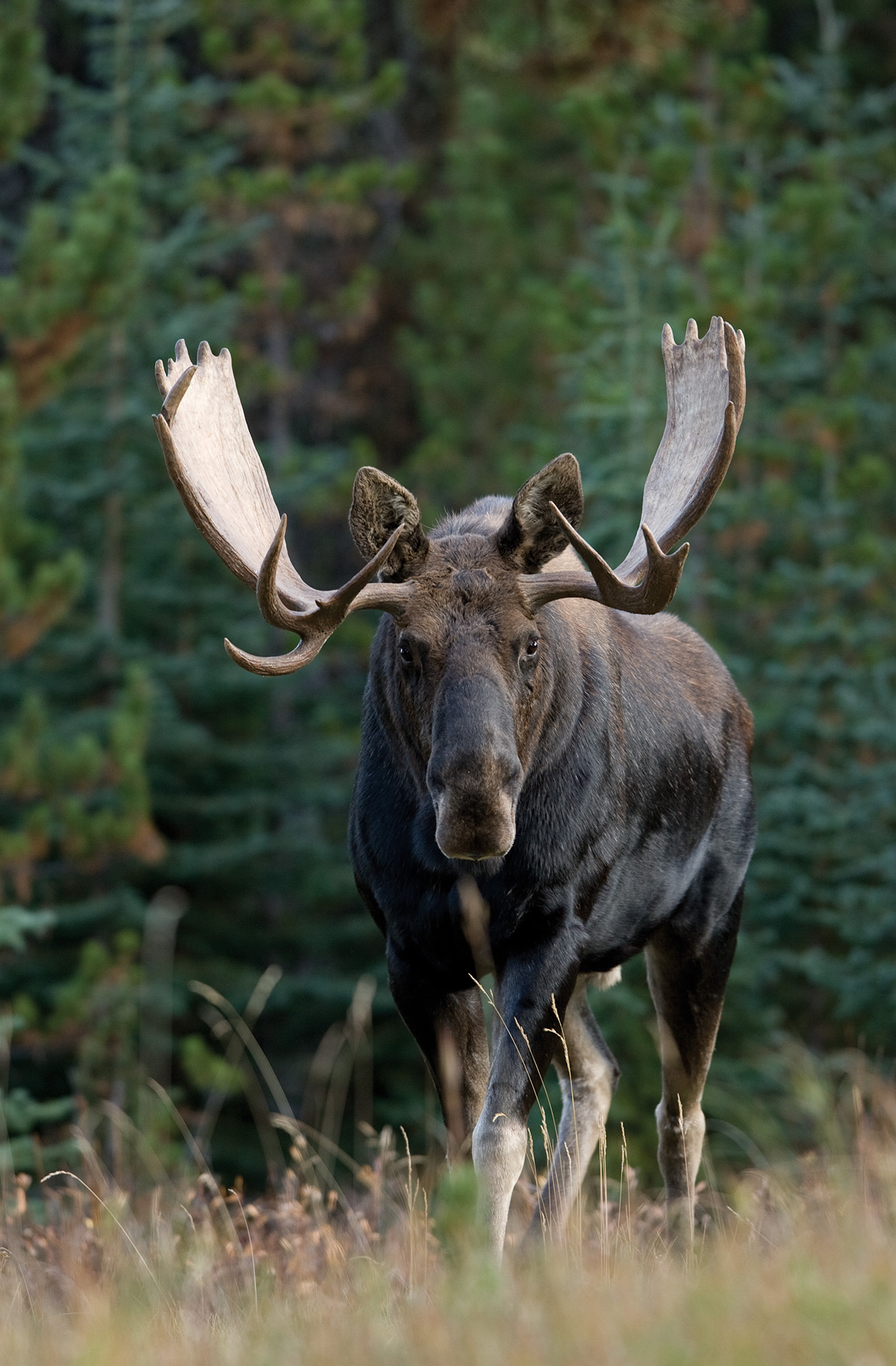
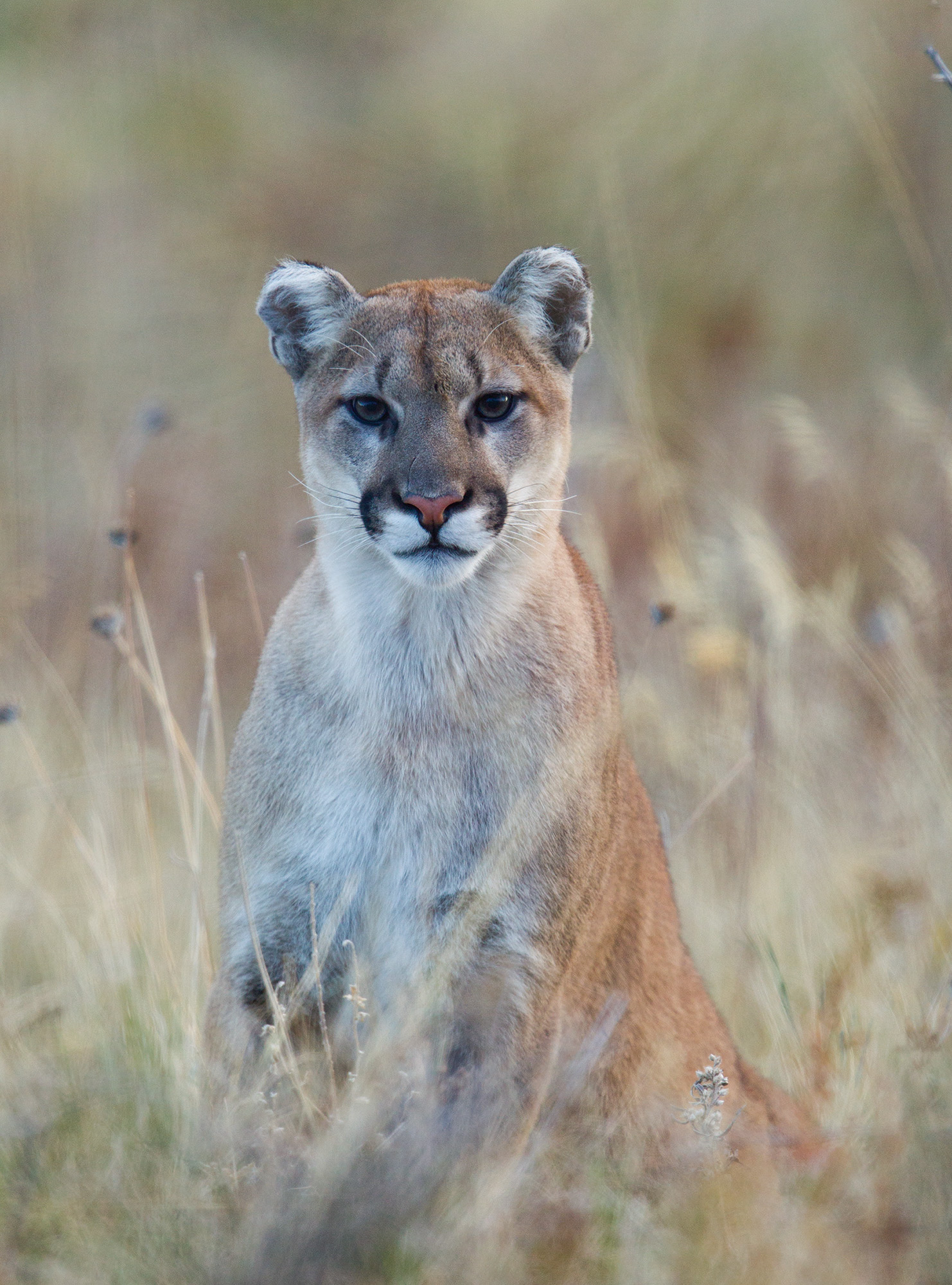
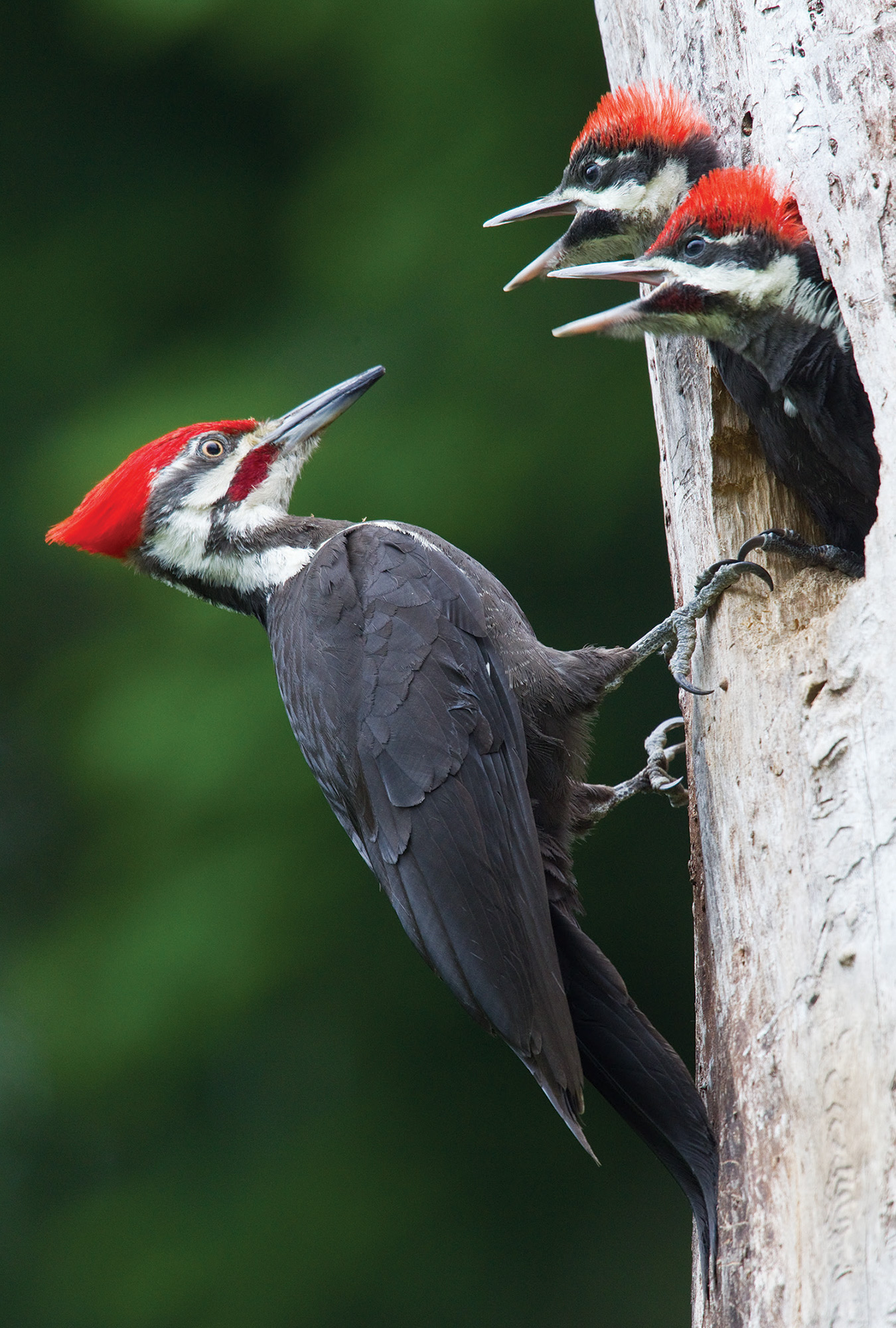
No Comments